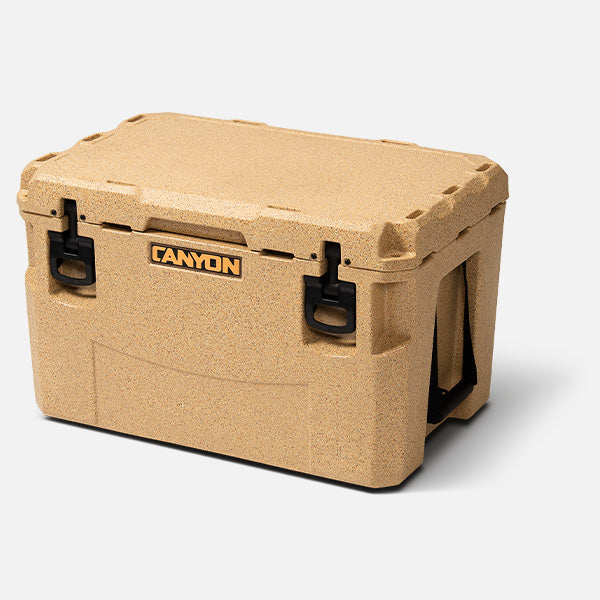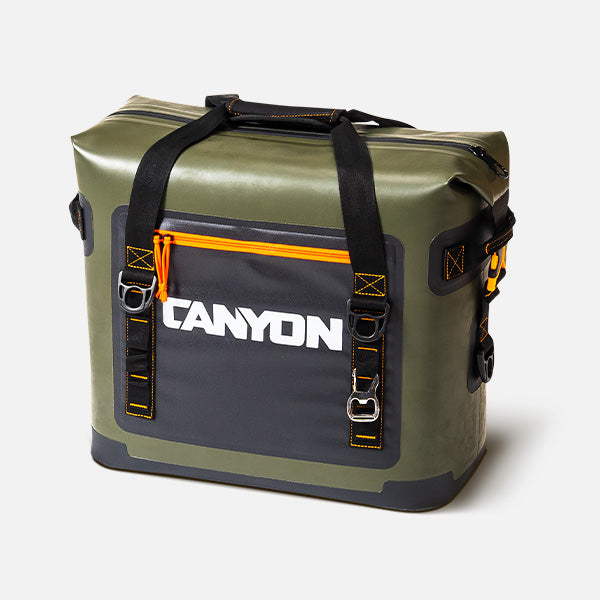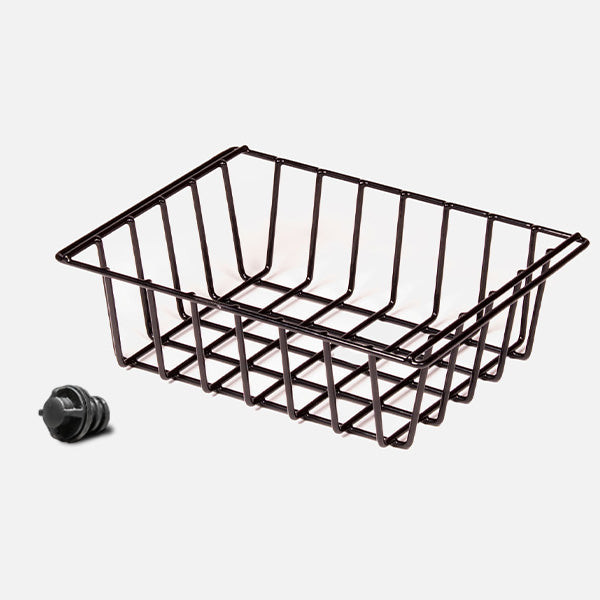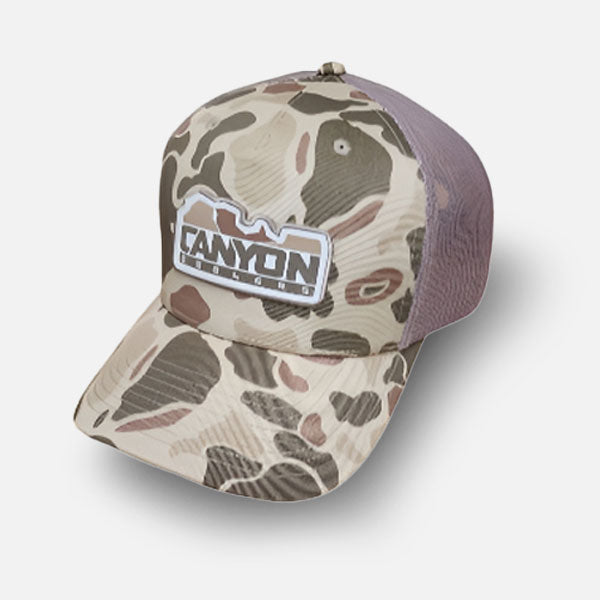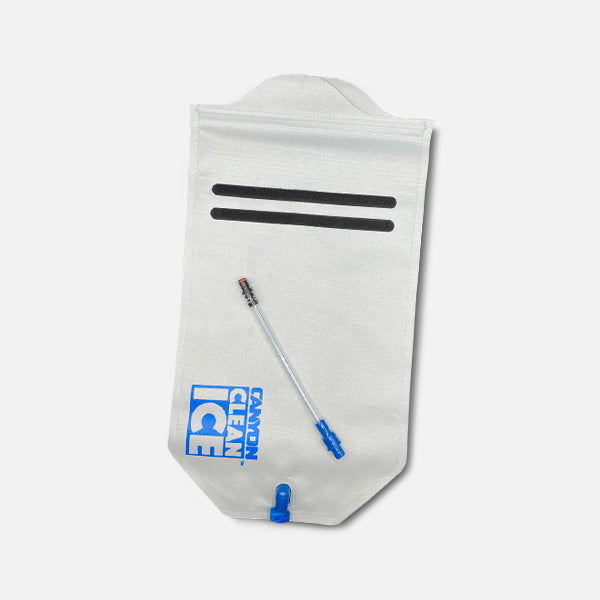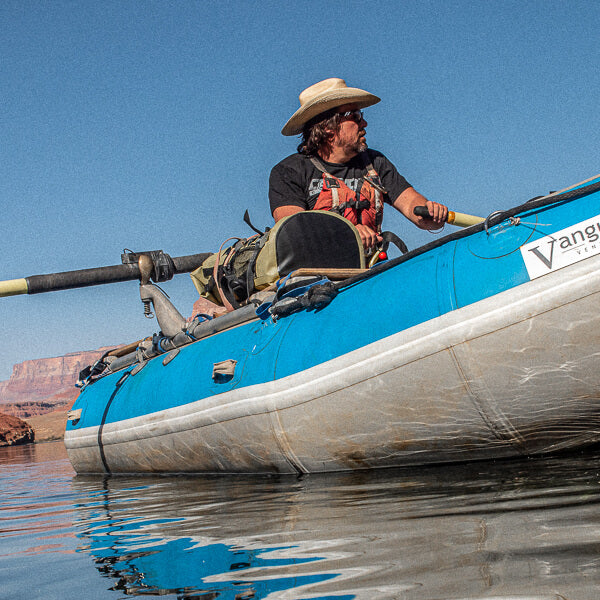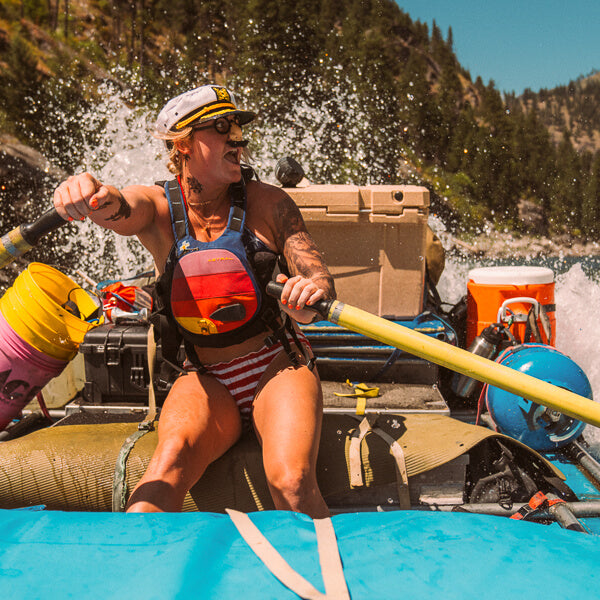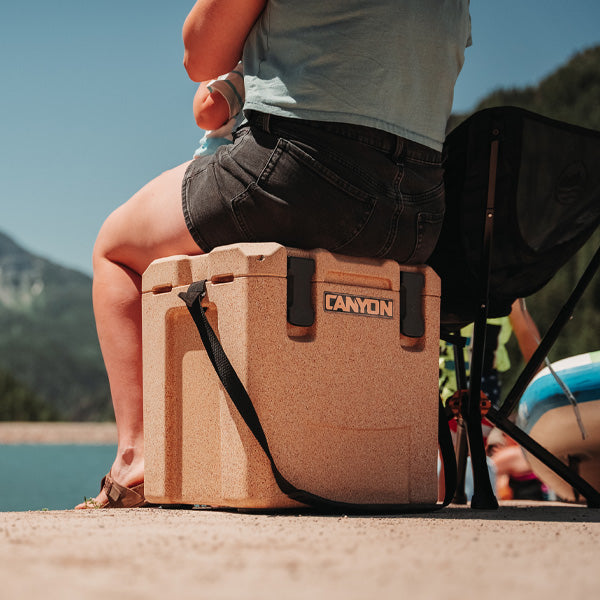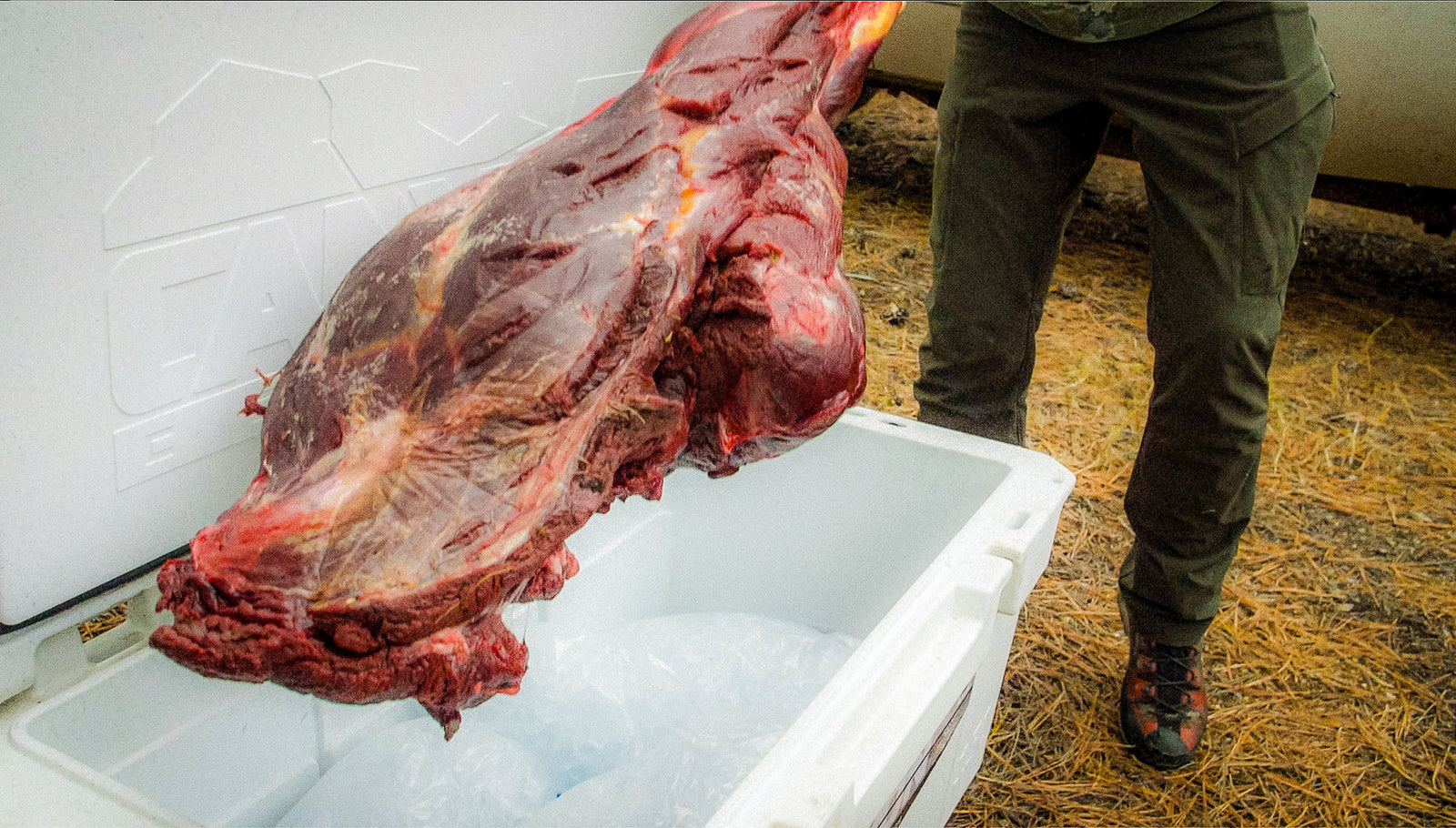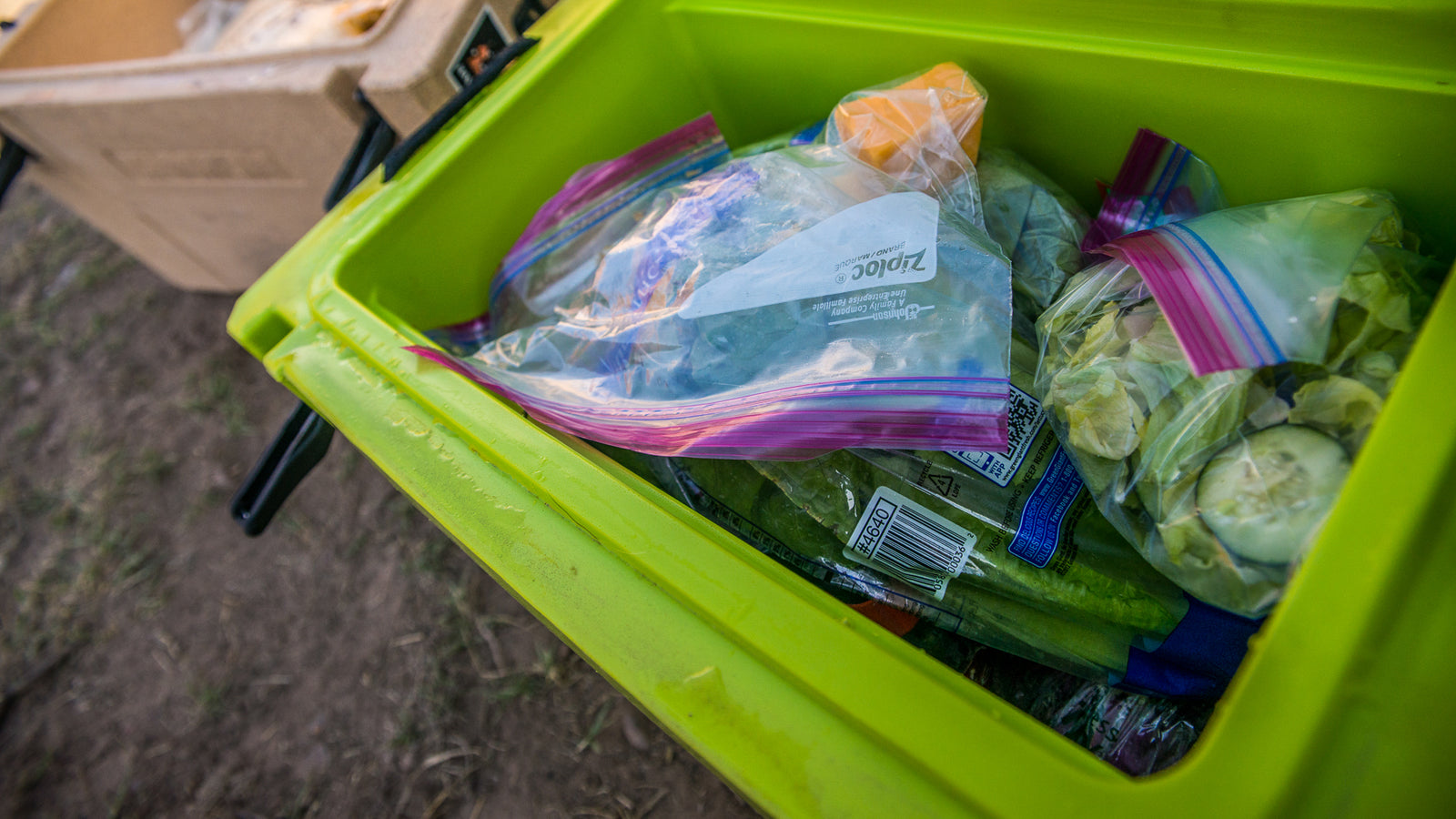For hunters, the end of the chase is the beginning of the work. Once you've successfully harvested a game animal, the hunt takes on a new goal: get as much of the game meat out of the field in as clean and cool a condition as possible. This second goal is the critical step in the "field to plate" sourcing of wild protein, making a reliable, high-performance cooler a required tool.
A dependable cooler serves two critical functions on a hunt. First, it must keep food and drinks cold while you are looking for critters. Second, once the animal is harvested, the ice chest must have sufficient ice to cool the game meat and keep it cold until it can be processed.
Considering this, the old molded plastic boxes with minimum insulation won't cut it. The best cooler for hunting is one with modern engineering designed to withstand the rigorous demands of the hunt. But with the market flooded with options, choosing theright cooler can be challenging. Let's explore the features that make the ultimate hunting cooler to ensure your trophy makes it from the field to your plate in prime condition.
First, the ultimate hunting cooler will feature excellent ice retention. Several things play into this, including the quality and quantity of insulation. For a full rundown on the science of ice retention,read our Complete Guide To Hard Coolers. For our purposes here, however, here's how to maximize ice retention in a hunting cooler. The more ice you start with, the longer it will last. A hunting cooler should always bebigger than you think it should be. The larger size is important for two reasons… larger coolers hold more ice (more ice equals longer ice retention times), andbigger coolers have more space to store more game meat. For most western hunts on medium-sized game animals like a mule deer, a 75-quart cooler is the absolute minimum. Think 100+ quarts to be safe. If your cooler is smaller than 100 quarts, consider buying two coolers. One is to stuff it full of ice and let it sit, and the second is to keep food and drinks cold.
Next, the ultimate hunting ice chest is at home in rugged terrain. To get where the animals are most often means traveling rough, rocky, two-track roads. If you're not questioning the road you're driving at least a few times during your hunt,you're probablynot in the best hunting spot. The coolers in the back of your truck will be tossed to and fro as you navigate the bumps and humps. Even with your cooler tied down, it can still take some abuse. For this kind of abuse, only a rotomolded plastic cooler will suffice. These coolers are made of the samekind of plastics that kayakers use to bounce off rocks in dangerous white water. Anything less than this could leave your ice compromised by a crack in a broken cooler. So, in addition to quality manufacturing and a substantial mass weight, the ultimate hunting cooler should have tie-down points so it stays in place.
A few lesser, albeit important, considerations for the ultimate hunting cooler include the cooler's color and shape. Both dark and bright-colored coolers tend to absorb more sun, leaving the plastic shell hotter than lighter neutral colors like white, light gray, or tan. Hot plastic lids will warp more, leading to potential seal problems. Hot plastic shells and compromised seals will melt your ice as fast as an ice cube on a Phoenix summer sidewalk. No matter how good that brown and green cooler might look in photos, stick to practicality regarding color selection.
Further, a cooler with square, straight walls and recessed latches and handles means more of your ice chest's footprint contributes directly to capacity and ice retention. As an added bonus, a cooler with straight walls will also fit in your rig with less wasted space.
For the ultimate hunting cooler, consider one of these four: the Outfitter 75, the PRO 85, the Prospector 103, and the Navigator 150.
The Outfitter 75 boasts ice retention times of up to 10 days, depending on environmental conditions and use. We recommend using blocks of ice to fill the bulk of the space and cubes to fill the gaps within the cooler. Its thick, pressure-injected insulated walls will keep your ice intact until it's time to cool and transport your game meat. The size is perfect for small deer-sized animals like western whitetail subspecies, pronghorn antelope, and black bears. Consider coolers with more capacity or multiple ice chests for mule deer, eastern whitetails, and elk.

The PRO 85 and the Prospector 103 arelarger than the Outfitter 75 and have different build configurations. These two coolers (designed for lashing to raft frames) get their volume through extended lengths rather than height. This makes them better for fitting the front and hind quarters of deer-sized animals. They also boast excellent ice retention time of up to 10 days. Similarly, we recommend filling all air space by using large blocks of ice with cubes to fill the gaps.
Lastly, the Navigator 150 is the ultimate Elk Hunting cooler. Its massive 150-quart capacity will fit almost an entire bull elk (all four quarters and parts), although you may need a little extra space. When full of ice, this cooler is capable of keeping icein tact for the duration of a 14-day archery elk hunt in the punishing conditions of a late summer hunt.

Once you've selected a cooler and put it to use, care and maintenance of the ice chest are critical for its continued use year after year. Let's now look at how to keep your hunting cooler in top condition - click this link to see our recommended best practices.

